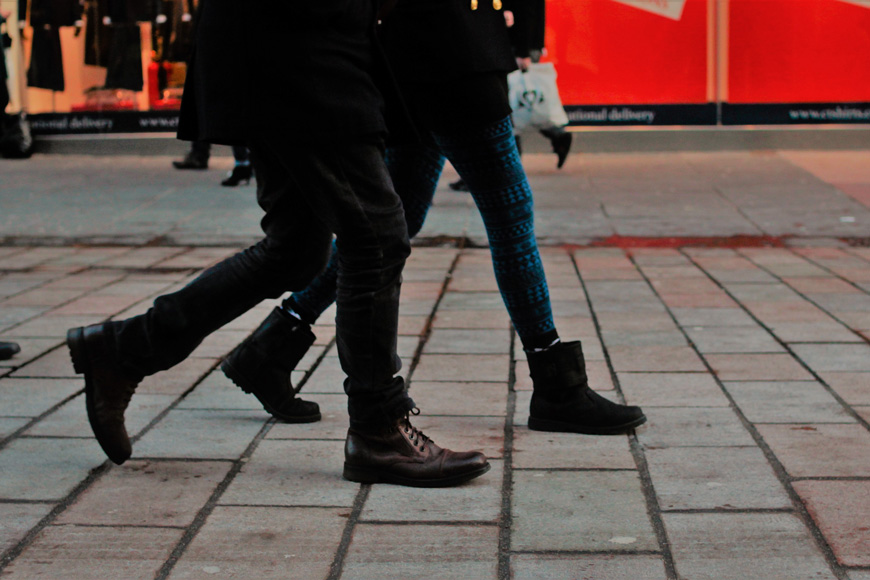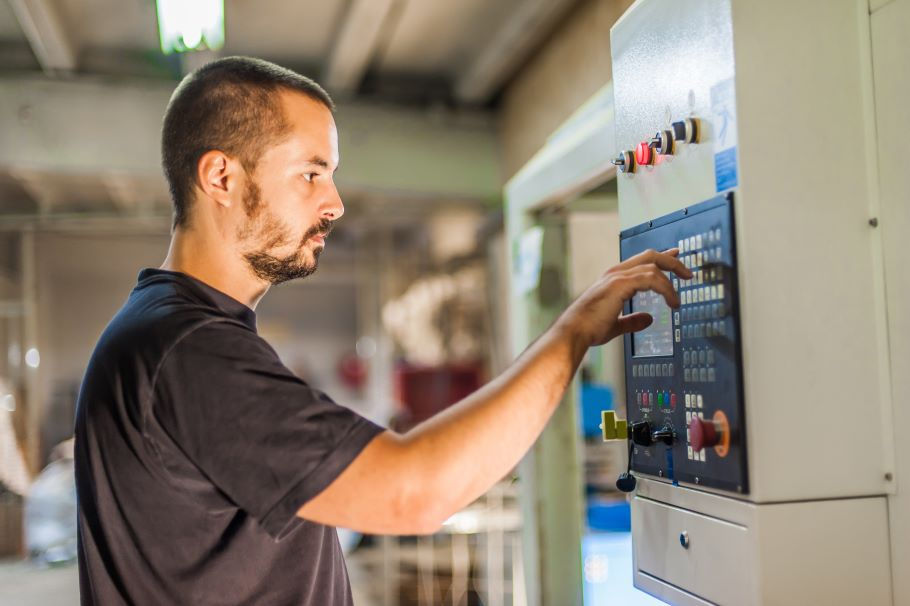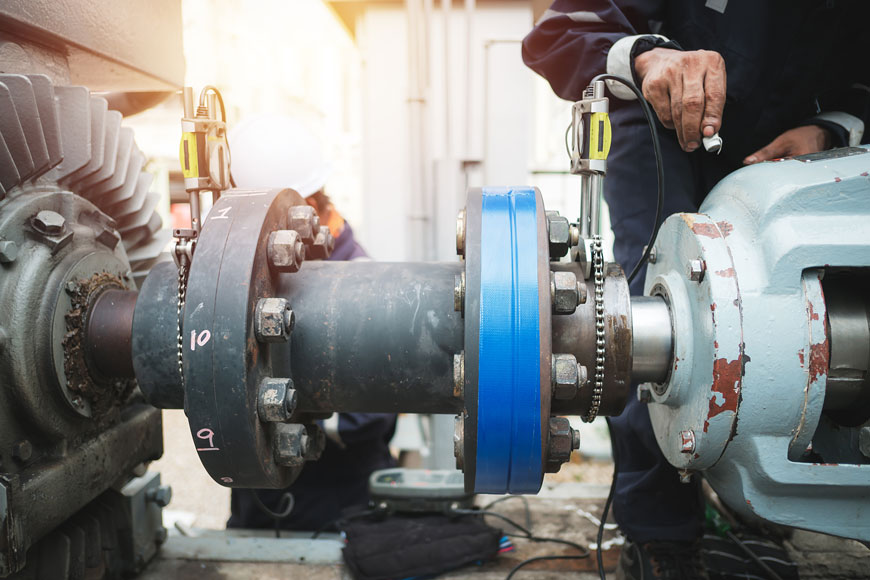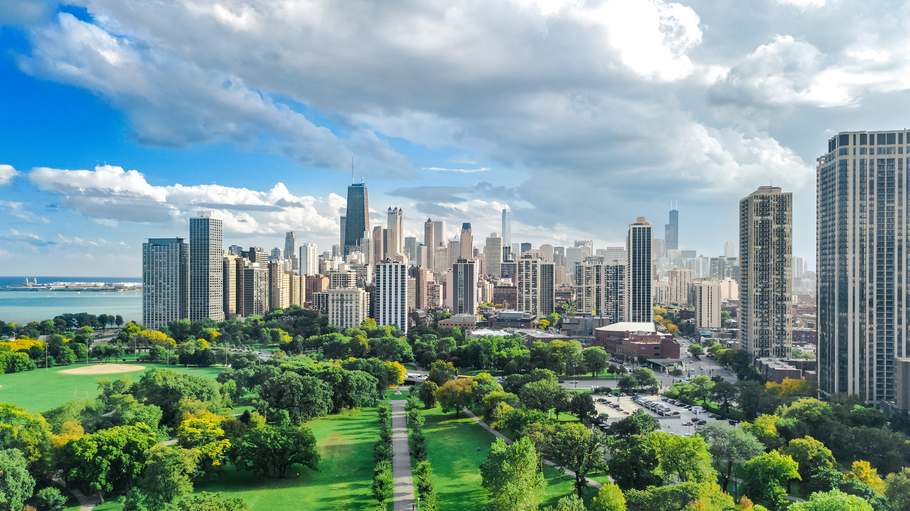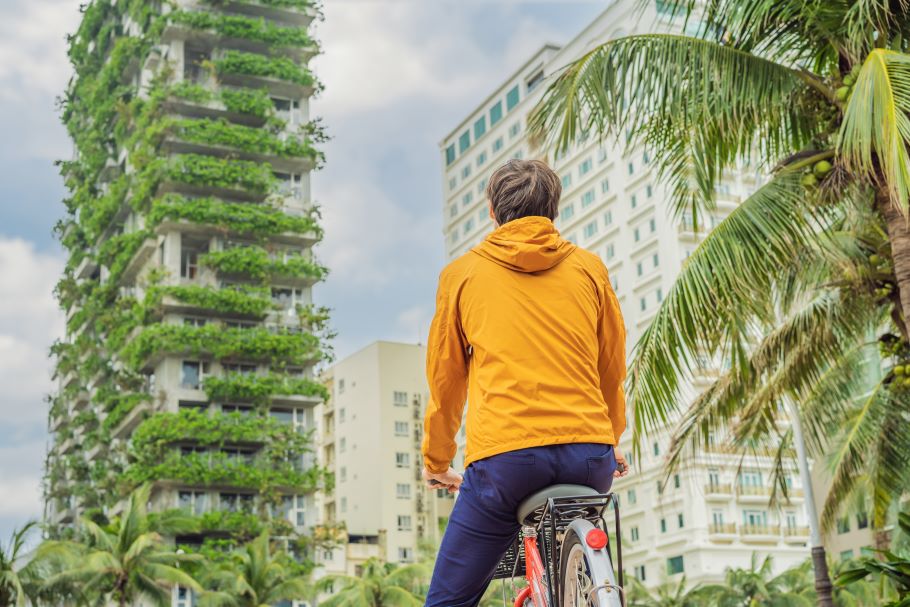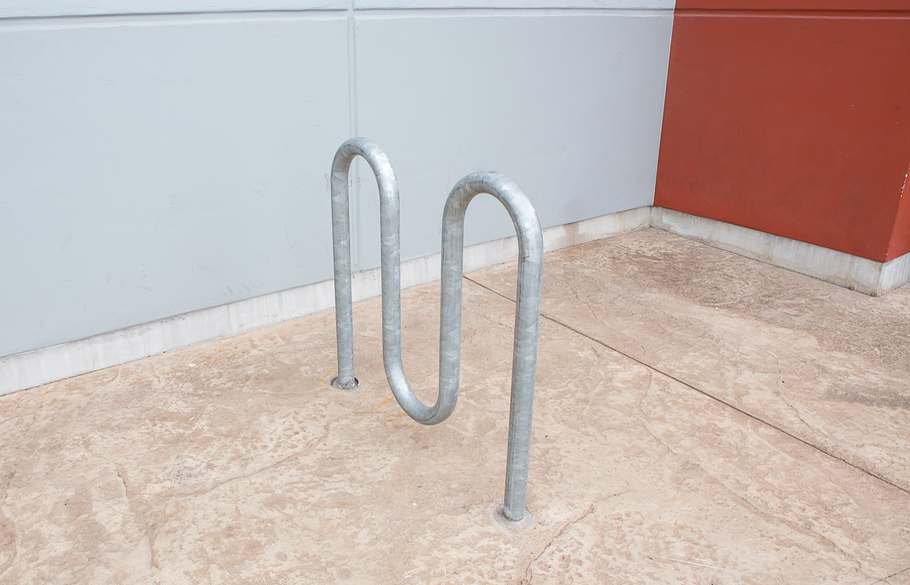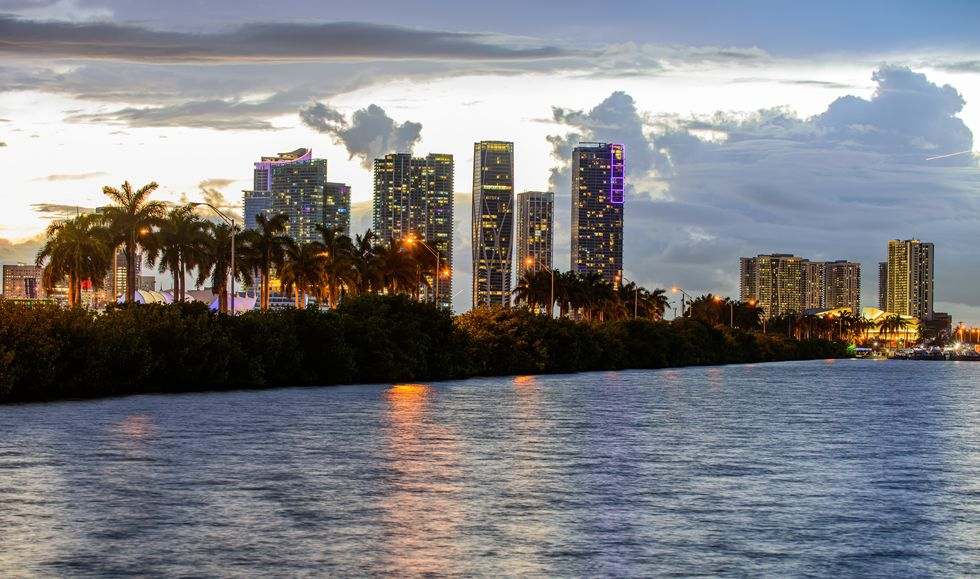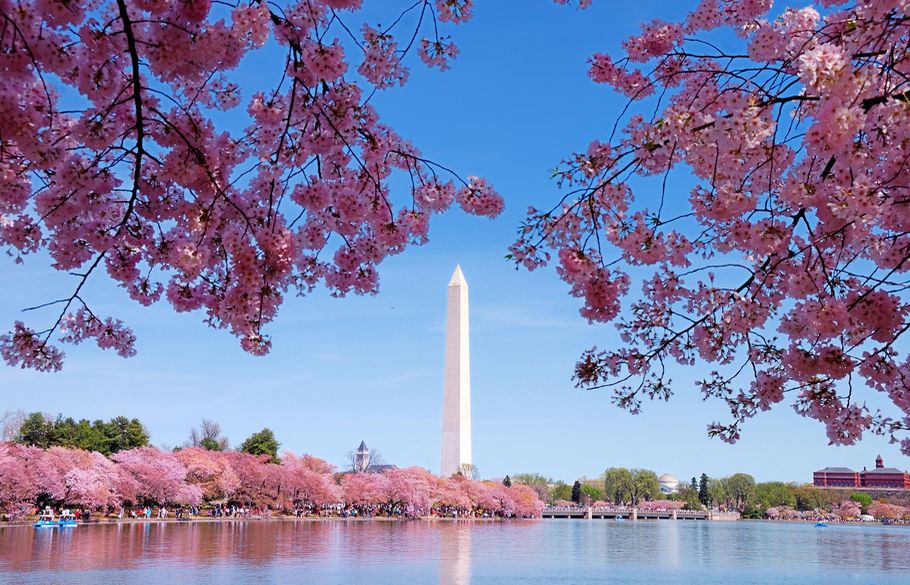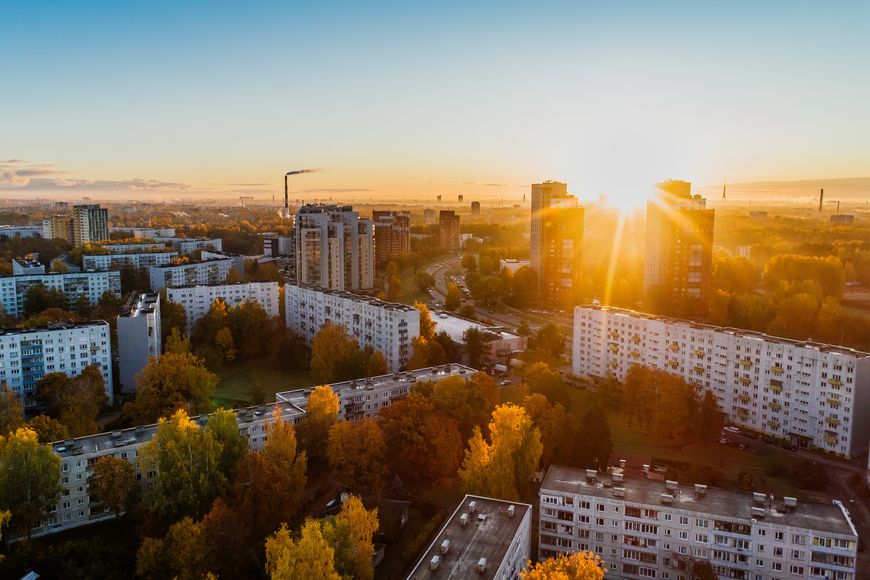Walkability helps communities encourage healthy living
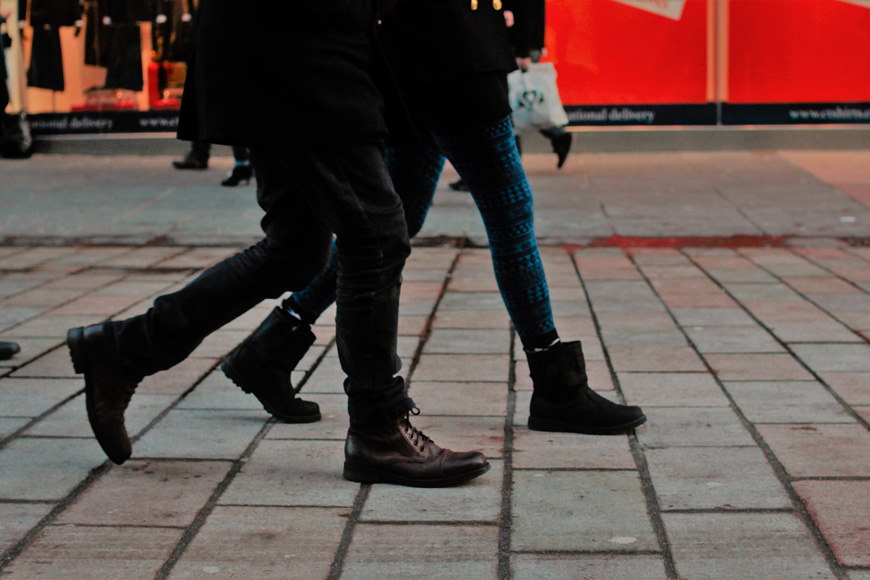
A neighborhood’s walkability is a valuable feature. Pedestrians out on the streets are a hallmark of a thriving community. It’s not a coincidence that walkable communities are wealthier, healthier, and happier.
Walkability is the extent to which a neighborhood encourages walking for function and recreation. A walkable community has key amenities in easy walking distance, so that people don’t have to take their car.
Several organizations have attempted to quantify and measure walkability. The most widely used measure is Walk Score by Redfin, which assigns scores between 0 and 100. The closer and more accessible the location is to amenities, the higher its Walk Score.
Yet it’s not only the amenities in an area that matter to how much people want to walk. The quality of the experience is also vital. This quality is alsoknown as Walk Appeal.
Walkable spaces are not just accessible but enjoyable. Being on foot while shopping, visiting, and commuting is more pleasant in some neighborhoods than it is in others, even when amenities are equally accessible. Walk Appeal attempts to understand and measure what factors lead to greater enjoyment of the streetscape.
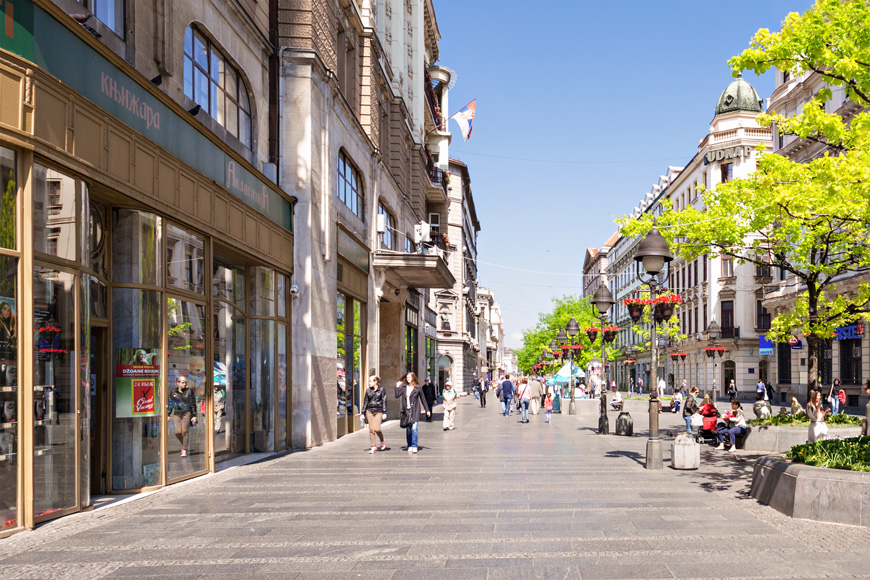
The benefits of walkability are clear, and urban planners continue to explore ways to make communities more walking-friendly. Walkability improvements may require long term planning, but many can be completed when local groups and businesses take initiative. In the end, a more walkable city adds value to the community and to the daily lives of its citizens.
Walk Score
The most well-known walkability index is Walk Score by realty group Redfin. This score takes source data from Google, Education.com, Open Street Map, US Census, Localeze, and places added by the Walk Score user community. Using this data, Walk Score figures out amenities in easy distance from each home address. Every residence is assigned a rank between 0 and 100, reflecting how many errands can be done on foot, with maximum points awarded to those places with amenities in a five minute walk.
| 90-100 | Walker’s Paradise Daily errands do not require a car |
| 70-89 | Very Walkable Most errands can be accomplished on foot |
| 50-69 | Somewhat Walkable Some errands can be accomplished on foot |
| 25-49 | Car-Dependent Most errands require a car |
| 0-24 | Car-Dependent Almost all errands require a car |
Even residences at a ten or fifteen minute distance will get points for being near amenities, but they will receive diminishing points. The score also considers pedestrian-friendly factors including block length and intersection density—numerical values that are easy to analyze. The resulting score provides a good overall indicator of walkability.
However, it does not paint the complete picture.
There are many interdependent factors that contribute to community walkability, and the Walk Score system does not account for all of them. First, it weighs all destinations equally—any one of twenty-four identified amenities count equally towards a Walk Score. However, studies have shown that only groceries, schools, banks, restaurants, and bars have a significant impact on real-world walking. That flaw can artificially inflate the Walk Score in areas that are missing essential amenities.
Walk score also fails to account for sidewalk connectivity and width. Unfortunately, living close to all your favorite shops has limited value if the route lacks safe sidewalks. Walk Score measures proximity, but it completely ignores three important factors of walkability:
- Accessibility
- Security
- Appeal
Walk Appeal
Planning professionals have attempted to tackle the problems faced with Walk Score with the complementary idea of Walk Appeal. Instead of focusing completely on walking distance, Walk Appeal looks at quality—since five miles in Rome will be a more appealing walk than five miles inside a parking lot, for the majority of people.
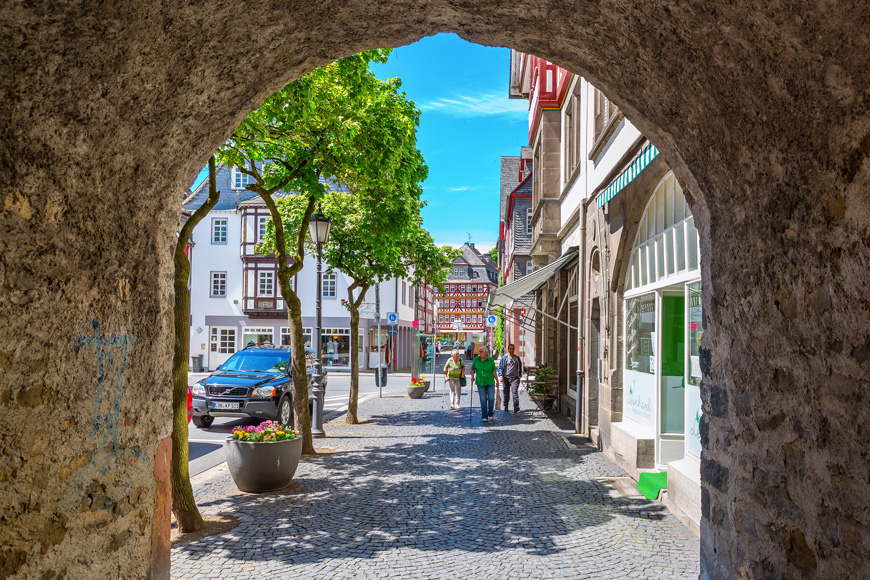
People will walk farther and more frequently in a neighborhood with Walk Appeal. Unfortunately, the concept has limited utility because it is so difficult to measure. While Walk Score can quickly rate large areas by compiling online data, Walk Appeal requires on-the-ground survey.
How to increase walkability
Walkable neighborhoods are more desirable and promote healthier living. Thankfully, the strategy for improving walkability and walking frequency is relatively simple and can be completed on a limited budget and timeline.
The key to increasing walkability is to provide pedestrians with access, security, and walk appeal. If any one of these factors are missing, people tend to seek alternate transport.
Improve access
Pedestrian access is a basic consideration, but a surprising number of buildings ignore it in favor of car-first design. This preference towards cars typically cuts off walking access for locals—encouraging unnecessary car trips in the name of convenience. In the end, the customer pays more for their transport, and businesses are forced to invest more in parking spaces.
Tips on improving pedestrian access:
- End the car-first approach Make destinations accessible to pedestrians by prioritizing sidewalk and walkway entrances over car parking.
- Consolidate car parking Spaces are more walkable when parking is consolidated and priced appropriately.
- Link busy areas with transit Connect busy neighborhoods with bus routes to encourage more walking trips.
Improve security
Real and perceived safety have an extreme impact on decisions to walk or drive. Statistically, walking is much safer than driving, but it isn’t always perceived that way. According to the National Highway Traffic Safety Administration, pedestrians account for fewer than 15% of traffic fatalities. Despite the relative safety, people may perceive walking as more dangerous because of the physical vulnerability they feel when out in the open—next to large, fast moving vehicles.
Communities can increase pedestrian safety and comfort with a few design tweaks:
- Connect sidewalks Sidewalks are fantastic, but their usefulness drops dramatically when they are not connected. Pedestrians need a continuous route to reach their destination safely.
- Install physical barriers Busy streets are problem areas for speeding traffic and can result in close calls for pedestrians. Protect pedestrians while maintaining the aesthetics of the surrounding environment by using bollards or trees as a barrier.
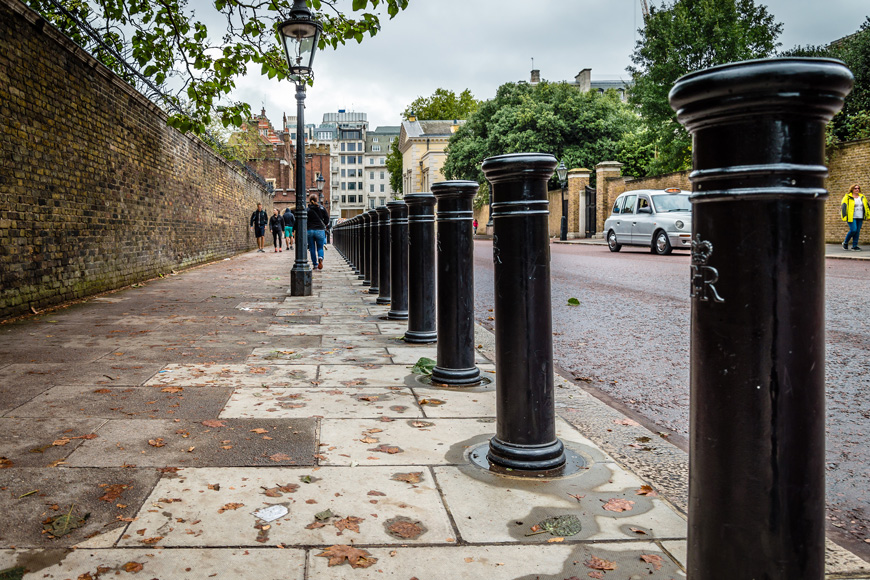
- Provide adequate lighting Walking does not end after sunset. Keep walking routes safe and comfortable for pedestrians with plenty of light.
- Calm traffic in pedestrian zones Side-routes are meant to be pedestrian friendly, but distracted drivers can still be a hazard. Remind drivers to slow down with traffic calming initiatives such as speed humps, signage, and crosswalk lights.
Improve Walk Appeal
Aesthetic appeal may be hard to measure, but there is little doubt that it is necessary—how far pedestrians walk often depends on if the route is enjoyable .
More walkable environments can be created by following simple design principles:
- Create inspiring spaces People want to be entertained during their walks and are more likely to spend time in areas with visually interesting buildings, art, and infrastructure.
- Create a natural sense of enclosure Enclosed spaces make people feel more secure. Bushes, trees, and flower beds are effective landscaping tools to make pedestrians feel comfortable in an outdoor space.
- Separate walkways from parking lots Parking lots can be an eyesore and look out of place in an otherwise pleasant walking environment. The influx of cars driving in and out of the lot can be noisy, distracting, and even dangerous. Avoid intersecting major walking routes with parking lots wherever possible.
- Build parks Parks serve as a peaceful space for pedestrians to visit or walk through on their way to their destination. This also works to increase the number of walking trips.
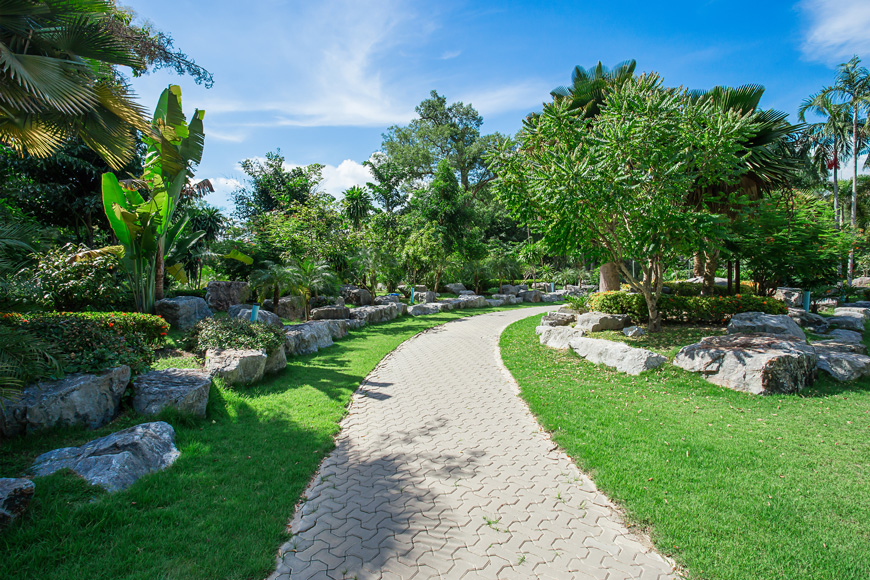
Effects on health and environment
Physical health
The health benefits of walkability often outweigh the financial incentives. Walking is the most basic form of active transport and sorely needed in a modern lifestyle. According to a study on urban design and health by The Lancet, adult obesity has increased by 27.5% worldwide between 1980 to 2013. Obesity is dangerous and increases the risk of stroke, heart disease, and early mortality.
Regular walking is a simple and economical solution to inactivity, and the best way to get people moving is by making neighborhoods walkable. The same study by The Lancet found that people who live in the most walkable neighborhoods get up to 90 minutes more walking-per-week than their peers in the least walkable neighborhoods.
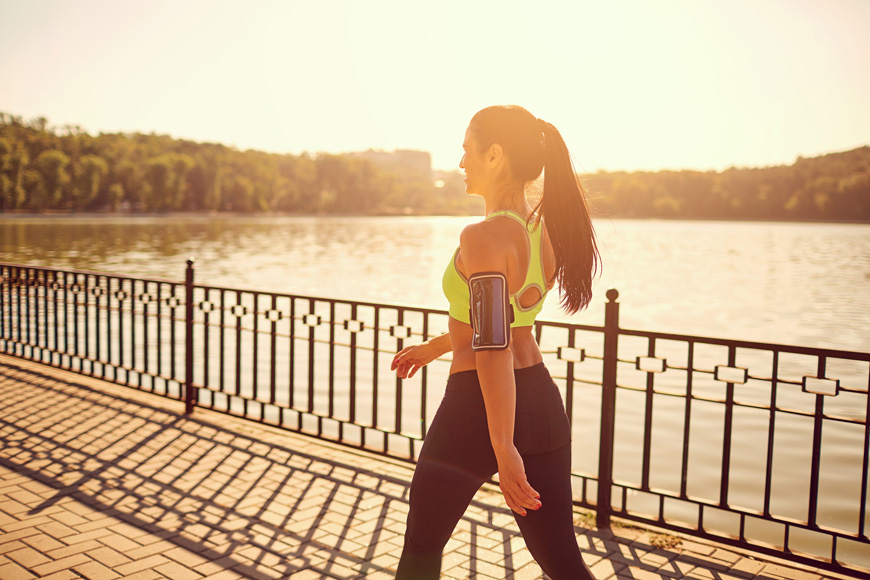
Mental health
Walking also has a positive impact on mental health. Physical activity is linked with improved mental health and lower incidents of depression. There is also evidence from The Lancet study that walkable neighborhoods create more engaging social environments, with a stronger sense of community than less walkable equivalents.
Environmental health
Walking reduces dependency on motor transport and its resulting emissions. Vehicle exhaust pollutes air and that scientific consensus is trickling into public awareness. Many cities are shifting towards sustainable transportation options to cut down on air pollution, and a sense of urgency is necessary in combatting these adverse effects to the environment. A third of the global disease burden can be attributed to air pollution—a 2013 study by MIT estimates that air pollution from vehicle exhaust causes 53,000 early deaths every year in the U.S. alone.
Effects on property values
Walkability makes it easier for residents to take more trips by foot. It is a highly desirable neighborhood feature—and like any other desirable feature—it increases property values.
According to Walk Score, 1 point is worth $3K in home value, or an extra 0.9 percent. The results are much more pronounced in cities with a high population density. A Walk Score point increases home values dramatically in dense urban centers, but has less impact in low-density areas. Because of its impact on property values, real-estate agencies routinely include walk scores on their property listings.
An independent 2009 study from Boston college and University of Arizona show that one Walk Score point increases property values by 0.5–0.8 percent, depending on property type. The study results are based on combined statistics from the National Council of Real Estate Investment Fiduciaries (NCREIF) and Walk Score.
Even with little vested interest in real-estate values, living in a walkable neighborhood is still good news for anyone’s pocketbook. Vehicle ownership and maintenance is a large expense for most North American families. The ability to lower—or even eliminate—that expense by taking more trips by foot frees up money for other uses.
Interested in creating a more walkable space? Traffic calming tools can help any community take the first step towards improving walkability.
Sources
Committee on Physical Activity, Health, Transportation, and Land Use. “Does the Built Environment Influence Physical Activity? Examining the Evidence.” Transportation Research Board.
Frank, Lawrence D. et al. “Many Pathways from Land Use to Health: Associations between Neighborhood Walkability and Active Transportation, Body Mass Index, and Air Quality.” Journal of the American Planning Association.

